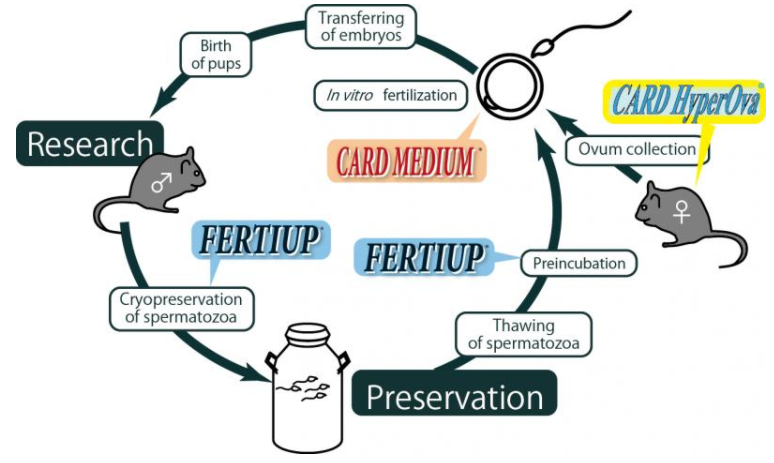Cosmo Bio抗体,Cosmo Bio,Anti Proprotein Convertase Subtilisin/Kexin Type 6 (PACE4) – Propeptide pAb (Rabbit, Antiserum),CAC-SK-T01-002
Application: WB, IHC, IP, ELISA
Clonality: Polyclonal
Host: Rabbit
Purification: Serum
Reactivity: Human
PACE4A is a member of the mammalian subtilisin-like proprotein convertase family which is responsible for the proteolytic activation of precursors into their biologically active forms. Previously we reported that the maturation of proPACE4A occurs via a intramolecular autoactivation and cleavage of the propeptide is a rate-limiting step for the secretion of PACE4A (Nagahama et al., FEBS Lett. (1998) 434, 155–159). Although PACE4A is a putative secretory enzyme, it matures and is secreted much slower than general secretory proteins. In this study, we investigated the molecular mechanism underlying this slow maturation. The deletion of 25 amino acids at the carboxy terminus is sufficient for a marked acceleration in both the maturation and secretion of PACE4A. The carboxyl-truncated proPACE4A existed only as a monomer-sized form in the endoplasmic reticulum, whereas the wild type of proPACE4A existed in larger forms. Further, the fusion construct of yellow fluorescent protein and the carboxy-terminal sequence of PACE4A associated with the proPACE4A moiety and inhibited maturation. Thus, the carboxy terminus of PACE4A functions as a potent autoinhibitor of its activation, resulting in the retention of proPACE4A in the endoplasmic reticulum. These findings indicate that PACE4A activity is highly controlled by a unique system at post-translational level. [from: Taniguchi T., Kuroda R., Sakurai K., Nagahama M., Wada I., Tsuji A., Matsuda Y. A Critical Role for the Carboxy Terminal Region of the Proprotein Convertase, PACE4A, in the Regulation of Its Autocatalytic Activation Coupled with Secretion (2002) Biochemical and Biophysical Research Communications 290(2) 878-884.]
Source: Professor Akihiko Tsuji, Faculty of Engineering, Tokushima University


